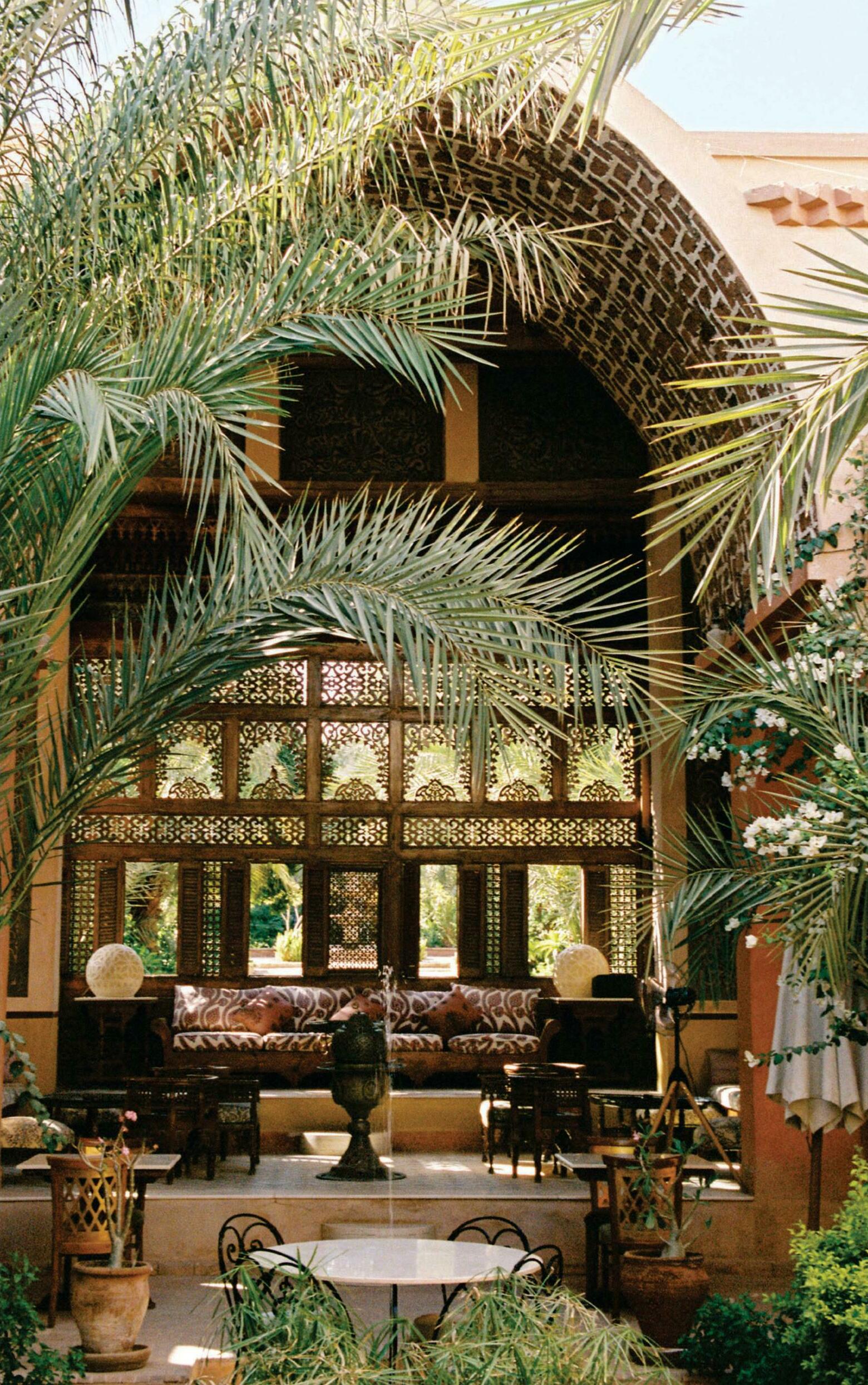Style on the Nile

THE HOUSES in Luxor seem to strive skyward, forever optimistic. From their roofs, brick columns rise to the heavens, sprouting rebar in anticipation of another layer of construction. Homeowners don't have to pay taxes on buildings that remain a work in progress, and many remain hopeful that a windfall might facilitate a new addition. From 1570 to 1069 B.C., this city was the capital of Egypt, and every pharaoh who came to power launched a new construction project within its sprawling temple complex. For half a millennium, it was the center of a civilization. Now, on the strength of a new tide of visitors, the city continues to grow.
In its heyday, Luxor was known as Wase the city of the scepter. The king of the gods, Amon, was said to reside there, along with a cult devoted to him. The Greeks later renamed the place Thebes a corruption of the name of a local temple, perhaps. Nowadays we call it Luxor, from the Arabic Al-Uqsur, meaning "the palaces." My guides said that the name Luxor is the root from which the word luxurious grew. If this is the case, the broad avenues running along the banks of the Nile and the evidence of the magnificently debauched festivals that took place there-including points of rest along the procession route for revelers to consume wine-would go a long way toward explaining why.
The pharaohs' constant expansion of their temples to Amon resulted in the sandstone Luxor and Karnak complexes on the east bank of the Nile, which remain awesome even today. As do the Colossi of Memnon, so called because graffiti misidentified them as statues of the Greek god Memnon, instead of the pharaoh Amenhotep III, who built them in his own image around 1350 B.C.
This story is from the {{IssueName}} edition of {{MagazineName}}.
Start your 7-day Magzter GOLD free trial to access thousands of curated premium stories, and 9,000+ magazines and newspapers.
Already a subscriber ? Sign In
This story is from the {{IssueName}} edition of {{MagazineName}}.
Start your 7-day Magzter GOLD free trial to access thousands of curated premium stories, and 9,000+ magazines and newspapers.
Already a subscriber? Sign In

DENVER POPULUS
The 13-story, wedge-shaped Populus (below) cuts a striking figure in Denver.

TOKYO JANU TOKYO
Aman's new spin-off brand, Janu, seeks to maintain a high level of design and service at a lower price point than its ultra-luxe sibling.

SPAIN Dunas de Formentera
Within an hour of arriving at Dunas de Formentera (below), a 45-room retreat on the smallest of Spain's Balearic Islands, I had ditched my shoes to walk the undulating dunes.

NEW ORLEANS The Celestine
In the heart of the French Quarter, this 18th-century building—once the hotel where Tennessee Williams wrote A Streetcar Named Desire—has reopened as the Celestine (left), a 10-room hideaway with a sumptuous cocktail bar, Peychaud’s.

TUSCANY BY THE SEA
The coast of Tuscany—once considered wild and remote— remains an insider secret.

NICE, FRANCE HOTEL DU COUVENT, A LUXURY COLLECTION HOTEL
Hidden away in Nice's Old Town, Hôtel du Couvent (above) is the chic property this coastal city craved.

A JOURNEY FOR THE SENSES
Drawing from nature and Mayan culture, Waldorf Astoria Riviera Maya invites you to experience Cancun through an entirely different lens.

ARGENTINA OVO Patagonia
The journey to this collection of four egg-shaped capsules suspended 885 feet up a cliff is an adventure in itself.

BETTER THAN A PIED-A-TERRE
This addition to one of New York's top hotels is perfectly on trend.

Charmed City
With new design hotels and a high-low culinary renaissance, Baltimore is getting its groove back.
